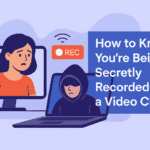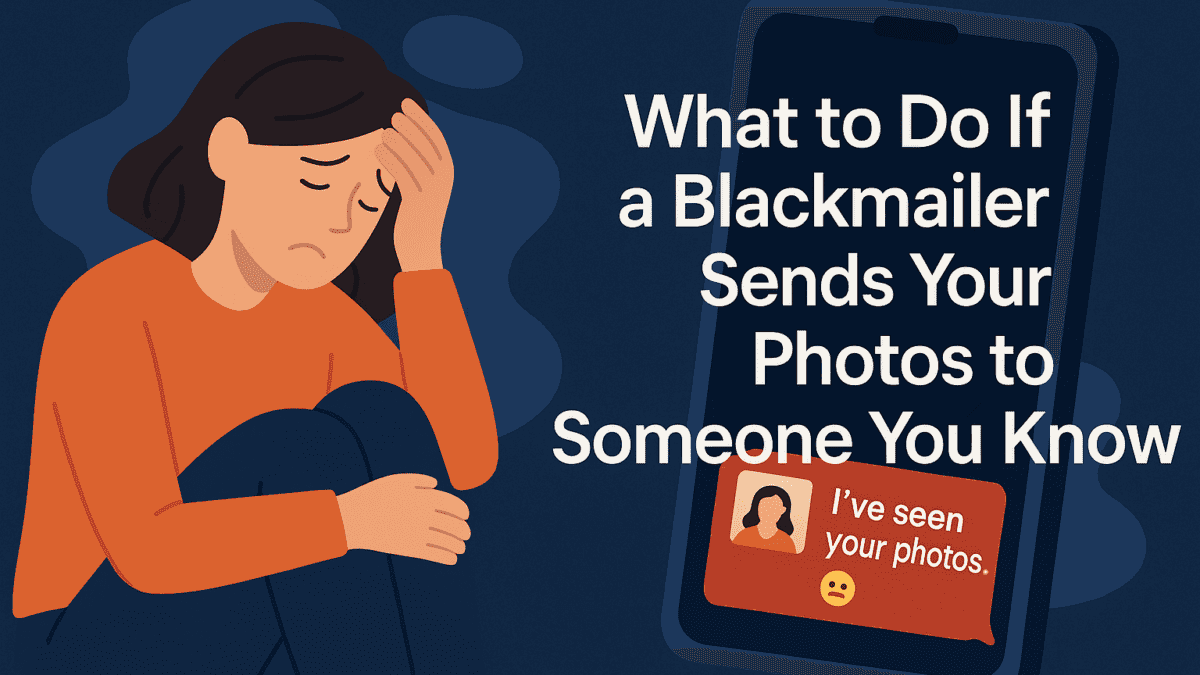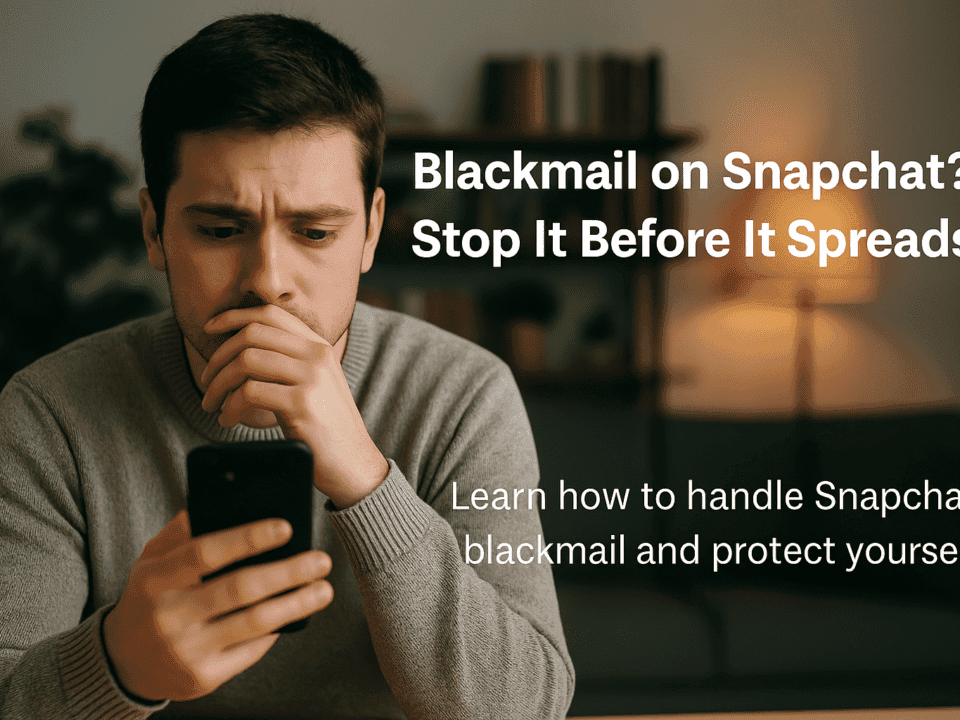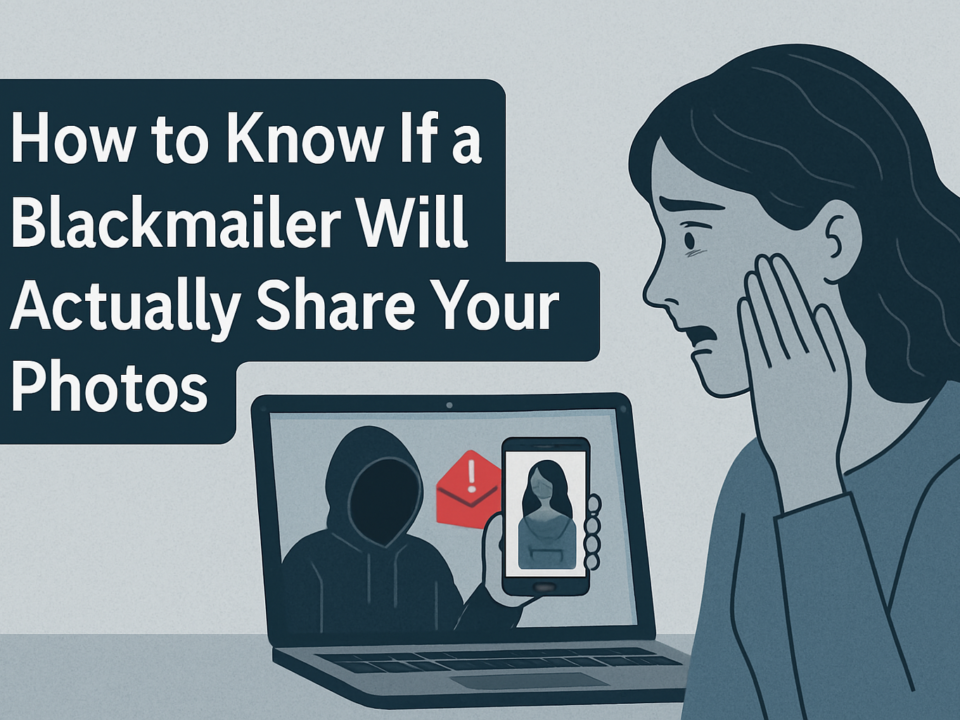
What to Do If Someone Posts Your Nudes Online: A Survival Guide
June 17, 2025
How to Know If You’re Being Secretly Recorded During a Video Chat
June 17, 2025It’s one of the most terrifying possibilities:
You thought it was just a threat. But now someone you know has messaged you, confused or shocked — and you realize the blackmailer actually shared your photos.
This is the moment that hits hardest.
Here’s exactly what to do next — calmly, clearly, and safely.
Step 1: Don’t Panic — Pause and Protect
Your mind may race: “Who else has seen it? Is it all over the internet?”
But panic helps the blackmailer, not you. Your first priority is to protect yourself, not react emotionally.
✅ Stop replying to the blackmailer (no matter what they say next)
✅ Don’t make threats or negotiate further
✅ Screenshot every message, link, or contact involved
✅ Block the sender across all platforms (after documentation)
Step 2: Confirm What Was Actually Shared
Sometimes, blackmailers claim to have shared your content when they haven’t — just to trigger a reaction.
Ask the person who received the message:
What did they see? A real photo or just a message?
Was it a public link or a private file?
Did the sender use your name, photo, or account?
This helps you understand the scale of exposure and what platforms or content you need to act on.
Step 3: Start Takedown Procedures Immediately
If content was shared via:
Facebook, Instagram, WhatsApp, or Snapchat: Use their reporting tools and request removal
Google Search or Dropbox: File a privacy or DMCA takedown request
Third-party forums (Reddit, Discord): Report with timestamps and request removal
Platforms have policies for non-consensual image reporting — and many respond quickly when legal terms like “private content” or “sextortion” are used.
Step 4: Talk to the Person It Was Sent To
This is difficult, but sometimes necessary.
Send a message like:
“I want you to know I’m being blackmailed online. Someone sent that to you to hurt me. I’ve reported it and taken action. I hope you understand I’m the victim here.”
Most people respond with empathy — not judgment.
Step 5: Strengthen Your Digital Walls
✅ Change your profile photos, usernames, and privacy settings
✅ Lock down your social media (set everything to private)
✅ Turn on 2FA (two-factor authentication) on all accounts
✅ Avoid reusing your phone number or email in public profiles
Step 6: Get Help — This Can Be Reversed
Content removal, digital tracing, legal notices — these aren’t things you should handle alone.
Professionals can:
Remove content from public and private platforms
Track the blackmailer’s email, IP, or online patterns
Guide you through legal actions if needed




